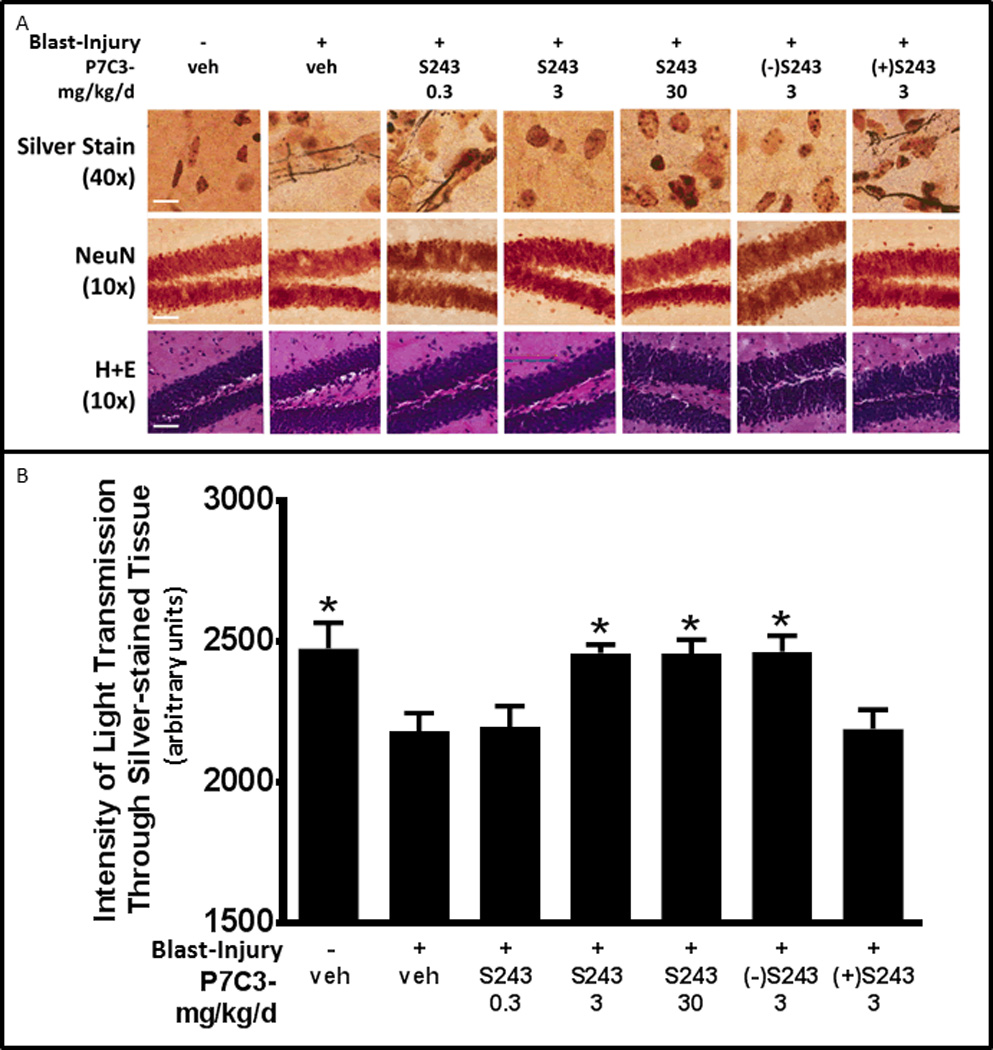Figure 3. P7C3-S243 Blocks Axonal Degeneration after Blast-Mediated TBI.

(A) Representative pictures from CA1 stratum radiatum show prominent silver staining of degenerating axons 12 days after blast-injury, in the absence of loss of NeuN of H&E staining. Images shown are representative of typical images from 5 animals in each group, and demonstrate that 3 and 30 mg/kg/day doses of P7C3-S243, initiated 24 hours after blast-injury, block axonal degeneration. Similar protective efficacy is seen in animals treated with 3 mg/kg/day of the highly active enantiomer (−)-P7C3-S243, but not in animals treated with the less active enantiomer (+)-P7C3-S243 (scale bar = 2.5µM). (B) Optical densitometry of light transmitted through silver-stained CA1 stratum radiatum from all animals in each group was used to quantify the protective effect. Signal was quantified for 18 sections for each of the 5 animals, spaced 480 µM apart. Agreater value indicates that more light passed unimpeded through the section by virtue of less silver staining, which reflects less axonal degeneration. Data are represented as mean ± SEM. P-value *<0.05, determined by-two way ANOVA with Bonferroni post-hoc analysis. See also Figure S3.
